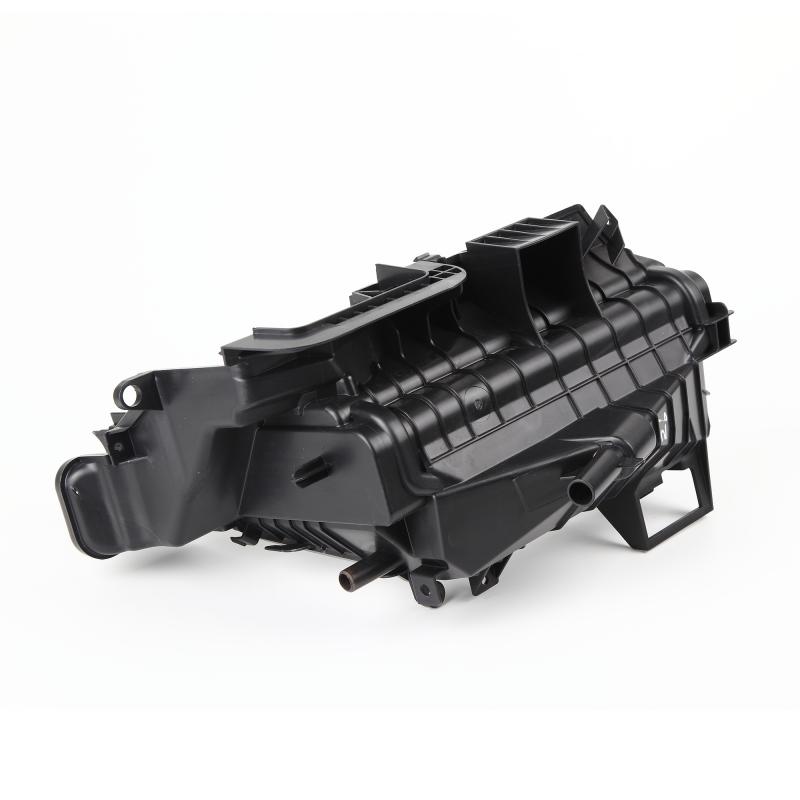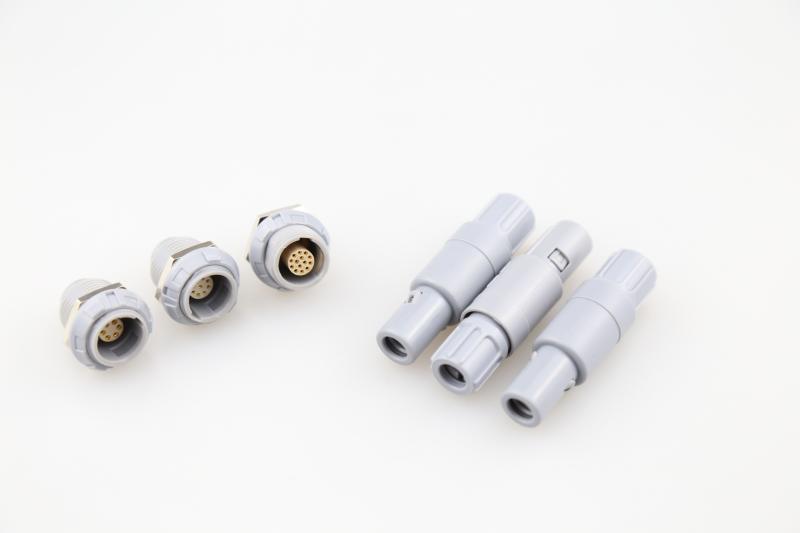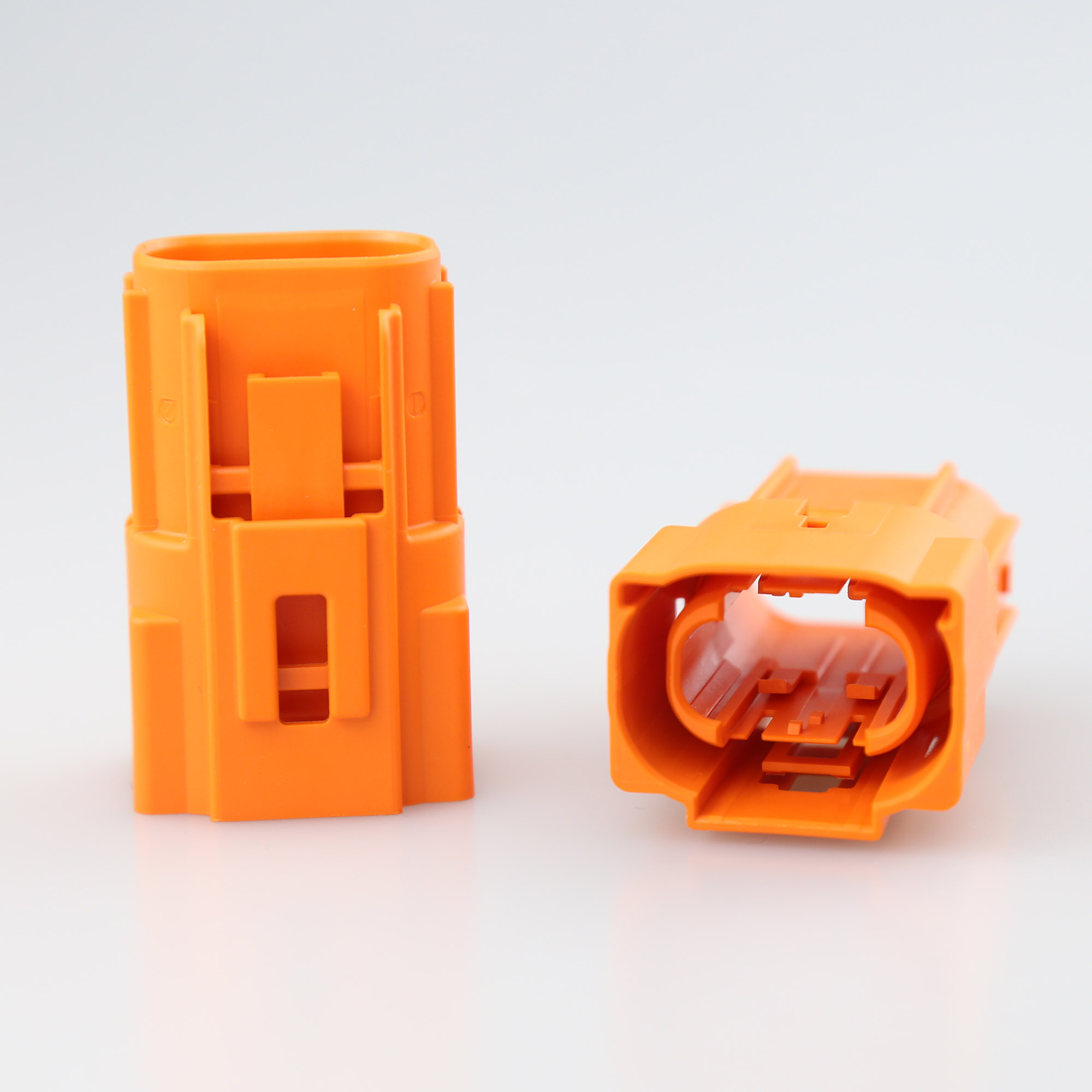



An In-depth Analysis of Two Key Types of Injection Molding Materials
Injection molding is a widely used manufacturing method in which melted materials are injected into a mold cavity to create various products. The success of this process depends greatly on the choice of materials, with two primary options being thermoplastics and thermosets. This article aims to provide a comprehensive overview and comparison of these two material types in terms of their properties, applications, advantages, and limitations.
1. Thermoplastics: Versatile and Recyclable
Thermoplastics are polymers that can repeatedly be melted and solidified without undergoing any change in their properties. This unique characteristic makes them highly versatile and easily recyclable. Common thermoplastics used in injection molding include polyethylene, polypropylene, polystyrene, and polyvinyl chloride (PVC).
Thermoplastics offer several advantages in injection molding applications. Firstly, they have a relatively low melting point, allowing for faster and more efficient processing. Additionally, their ability to be melted and solidified multiple times enables manufacturers to reuse scrap material, reducing waste and cost.
Despite these benefits, there are certain limitations to using thermoplastics. They may not possess the same level of strength and rigidity as thermoset counterparts, limiting their suitability for certain high-performance applications. Moreover, their continuous exposure to high temperatures may result in dimensional changes and reduced stability.
2. Thermosets: Durable and Heat-Resistant
Unlike thermoplastics, thermosets are materials that undergo a chemical reaction during the molding process, resulting in a permanent change in their composition and properties. Once cured, they cannot be remelted or reshaped. Common examples of thermosets used in injection molding include epoxy, phenolic, and melamine.
Thermosets possess excellent mechanical strength, dimensional stability, and heat resistance, making them ideal for applications requiring durability and stability under extreme conditions. They are commonly used in the automotive, electrical, and aerospace industries.
However, the irreversible nature of the curing process restricts the recyclability of thermosets. Once they are molded and cured, they cannot be melted down and reused. Additionally, thermosets tend to have a longer curing time compared to thermoplastics, which can impact production efficiency.
3. Applications: Choosing the Right Material
The choice between thermoplastics and thermosets depends primarily on the desired application. Thermoplastics are well-suited for products that require flexibility, easy processing, and recyclability. They find applications in packaging, consumer goods, and medical devices.
On the other hand, thermosets are preferred for applications demanding high strength, chemical resistance, and heat resistance. They are commonly used in the production of circuit boards, electrical connectors, and automotive parts subjected to harsh environments.
4. Considerations for Injection Molding
When selecting the appropriate material for an injection molding project, various factors need to be considered. These include the design requirements, end-use environment, production volume, cost, and desired properties of the final product.
Design considerations include wall thickness, part complexity, and any specific structural requirements. Environmental factors such as temperature, chemical exposure, and UV radiation should also be evaluated to ensure material compatibility and long-term performance.
5. Conclusion: Weighing the Pros and Cons
Injection molding using thermoplastics and thermosets both offer advantages and disadvantages. While thermoplastics offer versatility and recyclability, they may lack the strength and rigidity of thermosets. Similarly, while thermosets provide durability and heat resistance, they are not recyclable.
Ultimately, the choice between these two materials hinges on the specific requirements of the application at hand. By carefully considering the desired properties, performance expectations, and cost considerations, manufacturers can select the most suitable material for their injection molding projects and achieve optimal results.
In summary, understanding the differences between thermoplastics and thermosets in injection molding is crucial for successful manufacturing. By analyzing their properties, applications, and limitations, manufacturers can make informed decisions and produce high-quality products that meet the needs of various industries.